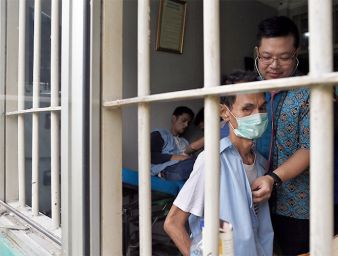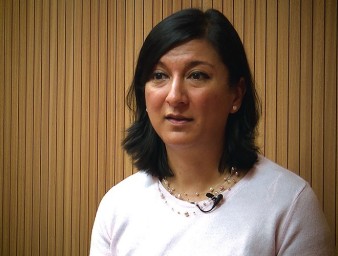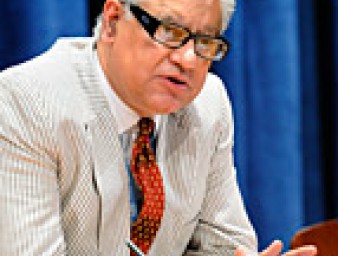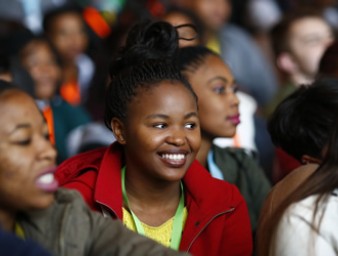Right to health is indivisible from all other rights
05 July 2022
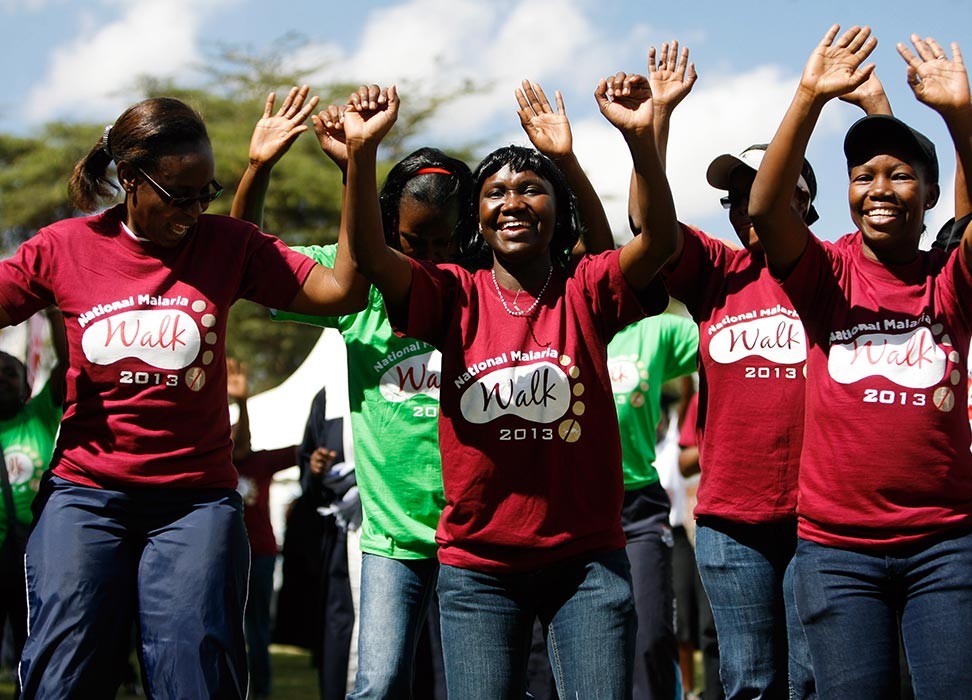
Violence in all its forms is a major obstacle to the right to health and it particularly affects vulnerable groups such as women, children and non-binary people. In an interview on her report to the Human Rights Council, Dr. Tlaleng Mofokeng, Special Rapporteur on the right of everyone to the enjoyment of the highest attainable standard of physical and mental health, explains the right to health, and why it is intrinsically linked to all other human rights.
How does violence infringe on the right to health?
Violence infringes on the right to health because it enables many other rights abuses to happen. The right to health is indivisible from all the other rights. Our understanding of violence often is around the immediate response. We don’t often think about the long-term or the medium-term impact of violence on survivors and victims. What’s important is also to move from a reactionary type of response to start thinking about how we activate intention to prevent violence, but also how do we cater in the medium and long term for people who are experiencing violence. Mental health continues to be a very important issue not always fully taken into consideration in the medium and long term.
Your report states it is critical to adopt an inclusive and non-binary approach to achieve a comprehensive health response to violence. What do you mean by that?
All people have entitlements, regardless of gender, sexual identity, race, age or geographical location, and some of these include the right to make decisions on one's health, free from coercion and violence. To achieve a comprehensive health response to violence, it is necessary to adopt an inclusive and non-binary approach to gender and gender-based violence, and must ensure that all laws, policies, programmes and services addressing gender-based violence are inclusive of all persons, with or without disabilities, children and adults, and should include cisgender, transgender, non-binary, queer and intersex people. By doing so, we make visible other types of violence not taken into consideration with a binary approach to gender.
You say your report wants to look at structural violence and its impact on the right of everyone to the highest attainable standard of physical and mental health. What do you mean by structural violence here?
Structural violence is a subtle and quite often invisible form of violence normalised through laws, policies and the institutionalisation of certain practices that have their roots in legacies of colonialism, racism, apartheid and structural socioeconomic inequalities. It creates unjust barriers that are socially and systemically designed to marginalise individuals and populations across the race, class and gender divide, thereby limiting the realisation of the right to health for many populations. For many women, girls and LGBTIQ+ people, for example, gender-based social and cultural norms act as an additional social determinant of health that seriously impacts their full enjoyment of the right to health and other human rights.
How can States ensure the full realisation of the right to health?
It's important that States are always reminded of their obligations to respect for and protect the right to health. It's important that they draw from international human rights laws and standards in order to influence their own national policy, the institutions and their own programing. State parties’ immediate obligations include guarantees of non-discrimination and equal treatment and the obligation to take deliberate, targeted steps towards the full realisation of the right to health as the preparation of a national public health strategy and plan of action. Finally, the Sustainable Development Goals can be instrumental in the holistic realisation of the right to health, if human rights are effectively incorporated in their implementation.
